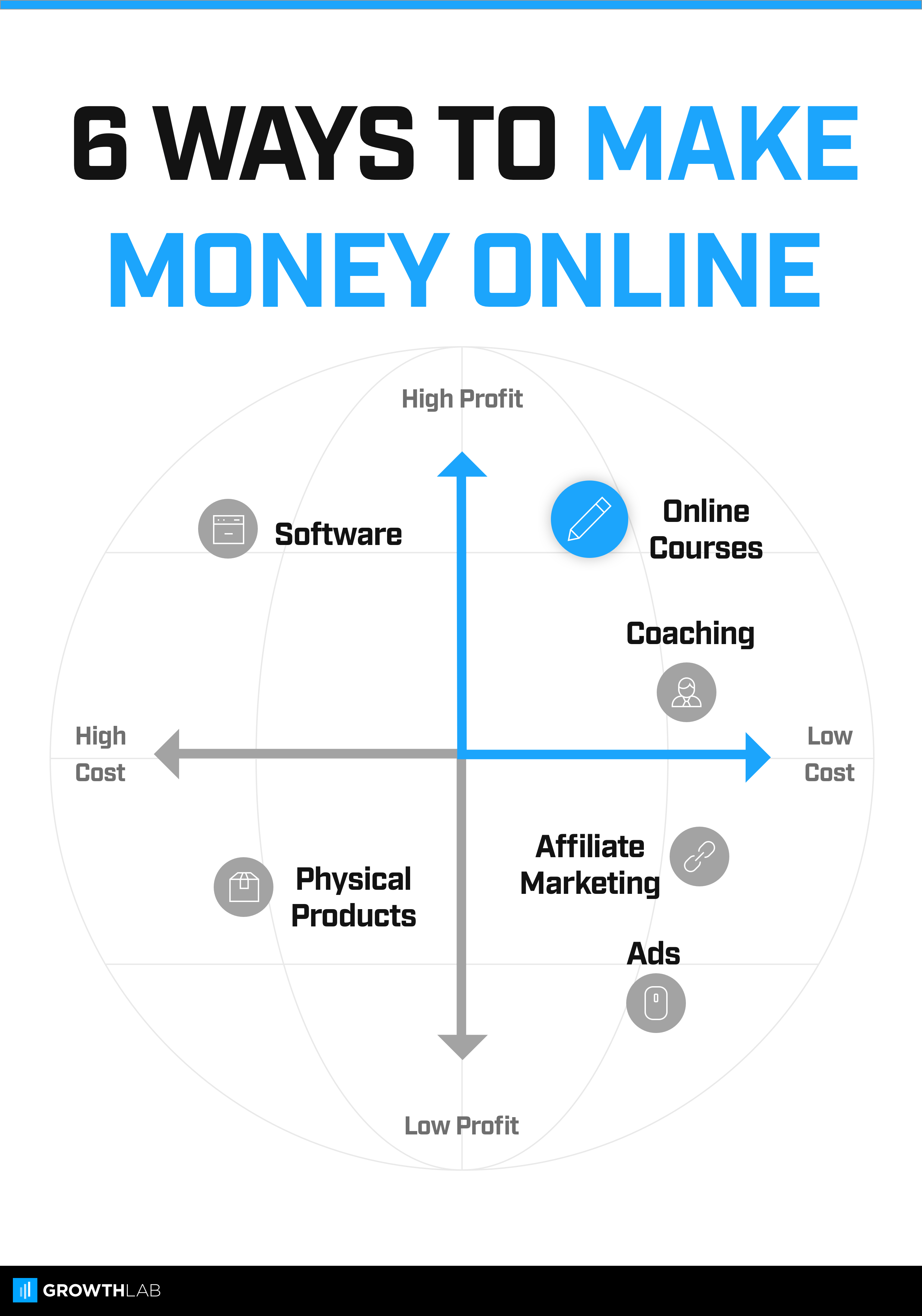Six steps to a more profitable e-commerce business – StartupSmart

t’s never been easier for consumers to find the cheapest prices; in the age of the search engine, a few cents might mean the difference between making a sale or losing it to a competitor.
As a result, whether you’re an online or bricks-and-mortar business, margins are razor thin and constantly under pressure.
Despite these pressures, one of the common mistakes new business owners make is selling themselves short, ending up in a race to the bottom on price that is ultimately unsustainable.
Here’s six less obvious costs that you should consider passing on to your customers when you’re running an e-commerce or retail business.
Read more: How Gelato Messina raised its prices and kept sweet with its customers
1. Credit card processing fees
According to a recent American study, 66% of all point-of-sales transactions are done with plastic—that’s via credit, debit, or gift cards.
Opting to accept credit cards incurs a surcharge fee on merchants from the major credit card issuers. If you refuse cards, not accepting them means you’ll lose a huge chunk of potential sales.
In Australia, the average person pays over $130 in credit card surcharges every year. While the 3% (on average) additional fee of each transaction value that comes with card payments for businesses might seem small on its own to begin with, it adds up over time.
These days, that surcharge has become the norm since so many transactions are made electronically. By the same token, your profit margins can dictate the need to pass on these types of fees to customers. That’s just the cost of doing business.
You should clarify to your customers that they’ll be paying an added percentage for credit card payments. They will typically understand this. If you’re an online business, there are a number of providers that you can use. They charge a fee, but their ease of use, great customer service, and flexibility earn them bonus kudos.
Pro tip: Don’t overcharge.
The recently passed Competition and Consumer Amendment (Payment Surcharges) Act 2016 placed a ban on “excessive” credit card surcharges.
Surcharges are a massive expense for credit and debit card users, with annual costs of over $1.6 billion, so it’s understandable that the legislation means that retailers will no longer be able to charge more than the cost of processing the transaction.
The change affects Eftpos, Debit MasterCard, MasterCard Credit, Visa Debit, Visa Credit and American Express card transactions. The ban started on September 1 this year for “large retailers”. For all other merchants, it starts on September 1 next year.
2. Shipping and handling costs
As an e-commerce business, you’ll benefit greatly from aligning yourself with a shipping company that integrates with your website.
Shipping and delivery costs can be passed on to customers, but it looks much better if you work the costs into your item prices so you’re able to offer “free shipping”. When calculating shipping costs, don’t forget to include all the extra tidbits such as boxes, mailers, packing materials, tape, and so on.
You might also need to charge for “pick-and-pack” costs, which includes locating, selecting, and packing the products according to specific customer orders.
Pro tip: Look for an order fulfilment company that suits your business specifically. Some companies offer great deals for businesses with low inventory counts and a high volume of sales. Some are better for companies selling heavier items in volume, and some are great for multi-channel fulfilment. Make sure you choose the right one for you.
3. Rising production costs
This one might seem like a given, but it’s amazing how many new retail businesses take on the burden of rising production costs for fear of chasing away customers.
But it’s not only rising production or material costs small business owners need to keep an eye on. If you import or export any goods, you will also need to keep an eye on the Australian dollar and consider currency volatility as well.
An increase in the price of materials or manufacturing can severely affect your bottom line. Be open and honest about what prices have gone up and include reasons as to why they’ve become more expensive and how you’ve implemented the price hike into your own costs. You’d be surprised at how understanding consumers are when their needs are being met.
Pro tip: If you intend on paying and receiving money in a foreign currency, it might be wise to set up a foreign currency account to protect yourself from currency spikes.
4. Returns and restocking fees
Sometimes, the shoe just doesn’t fit. Just as your customers are expected to cover shipping fees, they should also cover their returns or restocking fees. The latter is a percentage of the item’s price that you can charge should you choose to accept the return of an item beyond the specified return window.
A “returns fee” doesn’t really exist in the land of e-commerce, however, the shipping and handling of item returns can be at the expense of the customer. You can make the whole returns process much smoother by setting up a dedicated returns system and pathway on your site.
Pro tip: Don’t think of returns and restocking as merely an afterthought or byproduct of your business; it’s just as important as, say, your marketing and sales strategy. Keep it neat and organised. Make your returns and restocking policy easy to find on your website, and make the process easy for everyone, including yourself.
5. Insurances and tracking
Knocking on wood just doesn’t cut it sometimes. A recent survey showed 28% of all products purchased online are returned because they arrived in bad condition. Transit risks are a real issue. Think bad road conditions or stormy seas, or instances of theft or even getting hijacked by pirates.
Of course, whether or not you need this option depends on the product you’re selling and its value, but there are times when a customer will pay for extras like insurance and tracking just for peace of mind, especially if it’s a big ticket item. Add it in if your shipping or logistics firm charges you extra for it.
Pro tip: Some shipping providers may have insurance pre-built into the price, so it’s worth checking before you on-charge your customers.
6. Research or consulting expenses
As a retail or e-commerce business, research and consulting may sound irrelevant, but depending on your product, you may need to offer free consultations as part of your marketing strategy, both pre-purchase and after-sales.
This is especially true if you’re selling premium products, such as electronics or jewellery.
Your customers might also see your consulting as part of customer service that automatically comes with the package, which it is to a certain extent, but the real problems arise when your time is taken for granted and endless enquiries keep rolling in without a buffer.
Pro tip: Calculate how much time—on average and outside of normal customer service standards—is spent on consulting or research for each product sale, and consider adding that to the price markup.
Once you’ve nailed your transaction and customer service processes, you’ll have a better idea of how to communicate these costs to your customers. You’ll be glad you did as these small costs add up.
Just make sure you’re clear about them from the get-go.
There’s not much that’s more upsetting than hidden costs, and being upfront and honest is your best bet to having happy, satisfied customers—and a happy, healthy business.
Luscheyne Mellon is co-founder of Veromo.com, an Australian startup that offers business setup and registration services.
This article was originally published on SmartCompany.
Follow StartupSmart on Facebook, Twitter, LinkedIn and iTunes.

